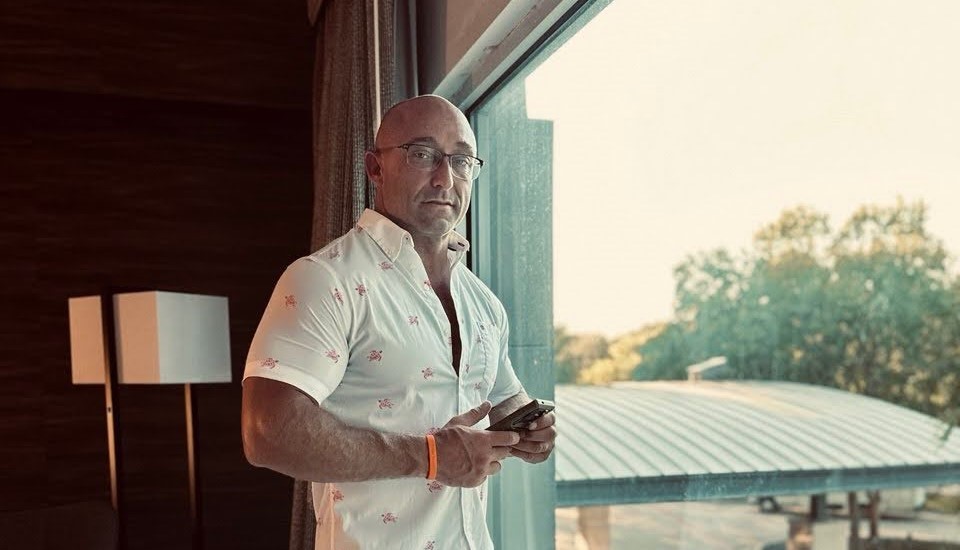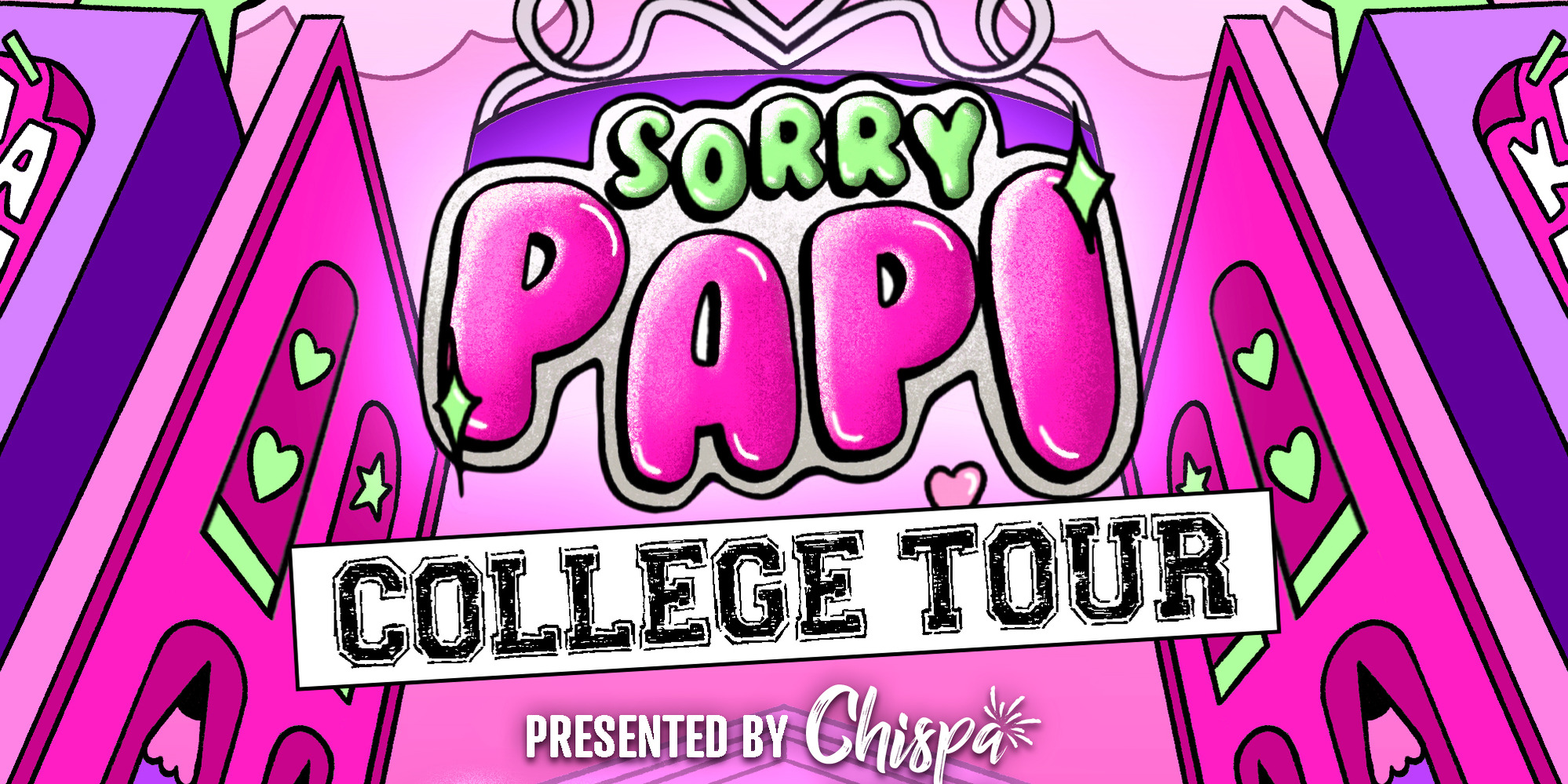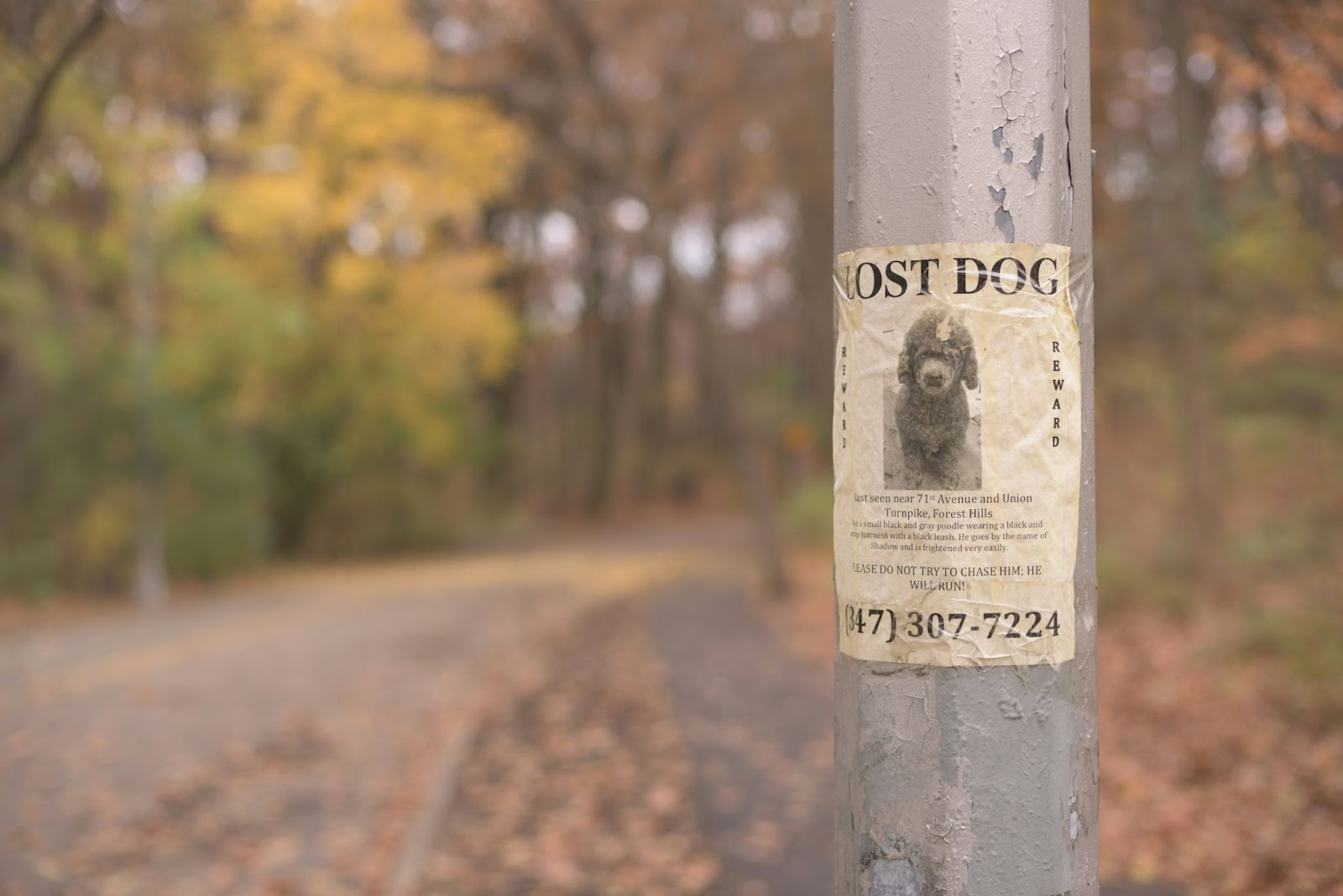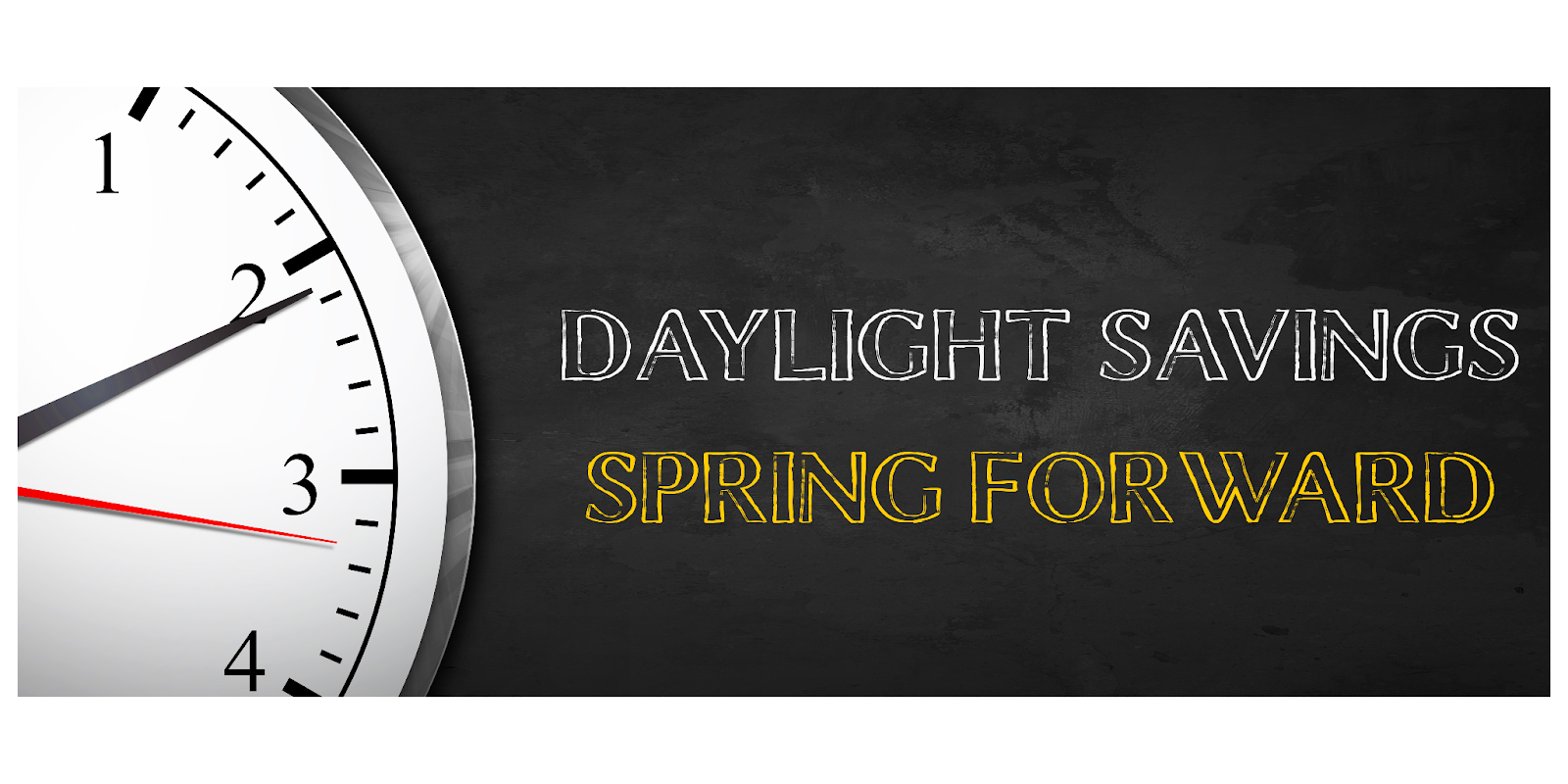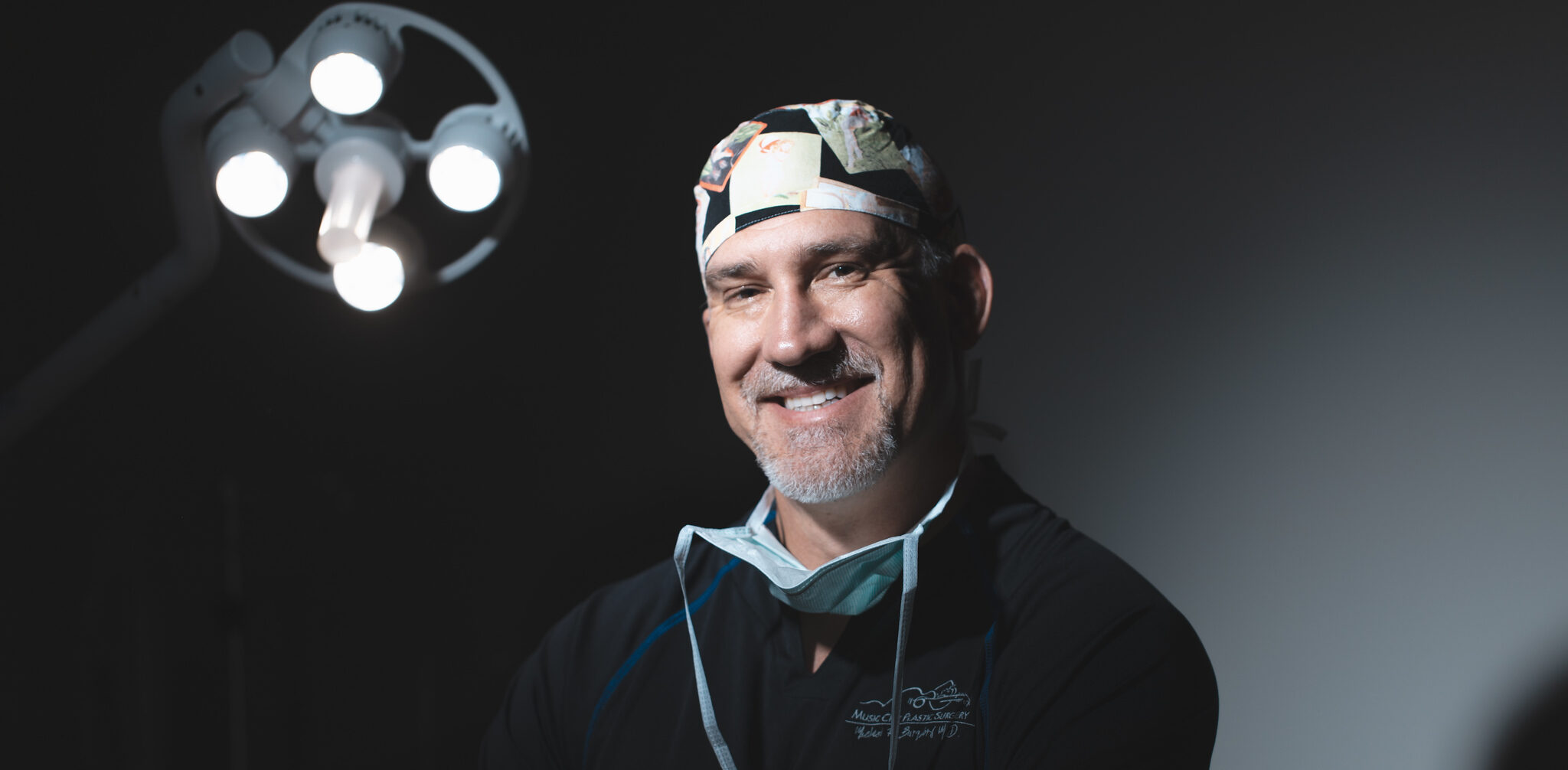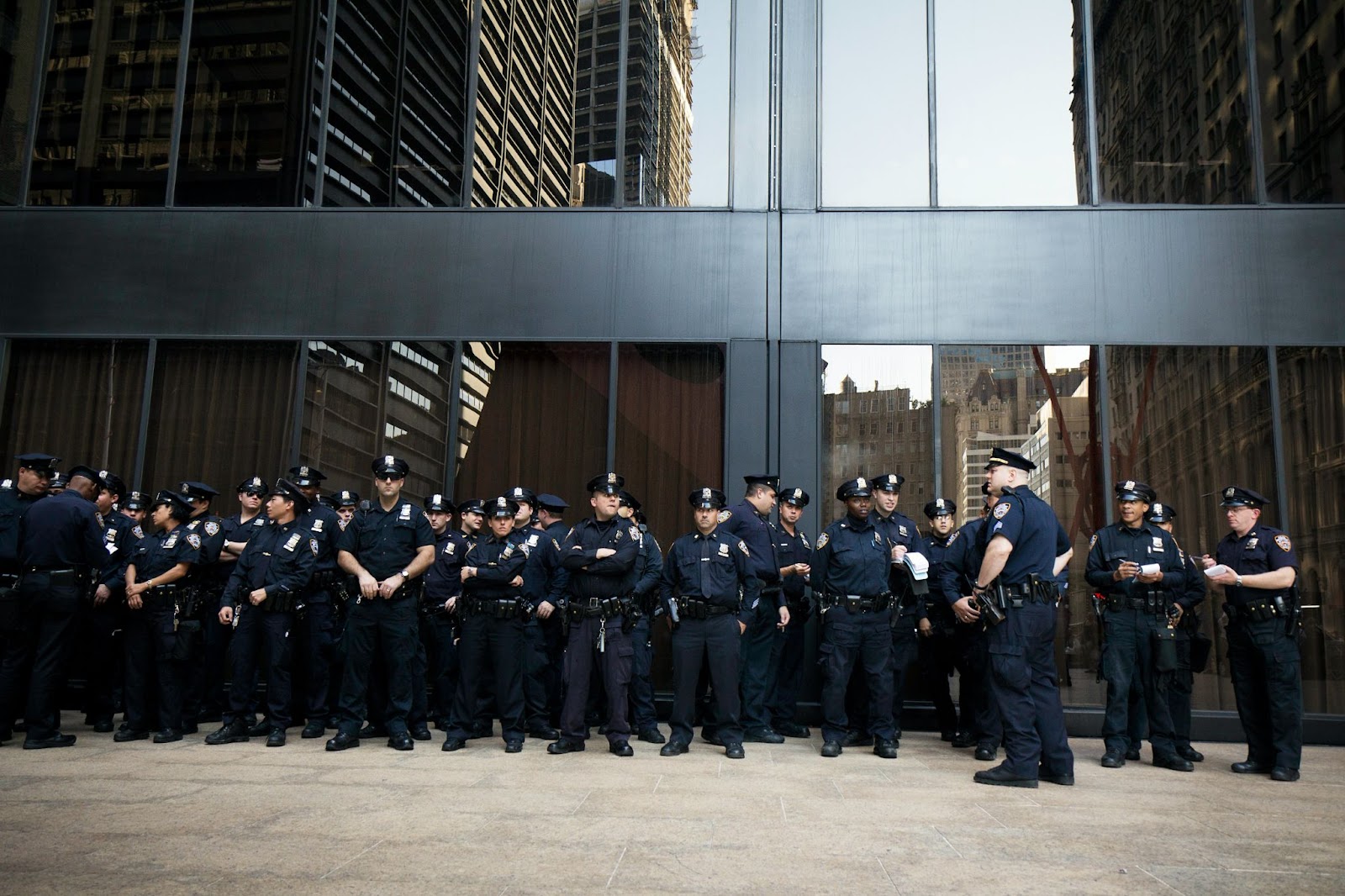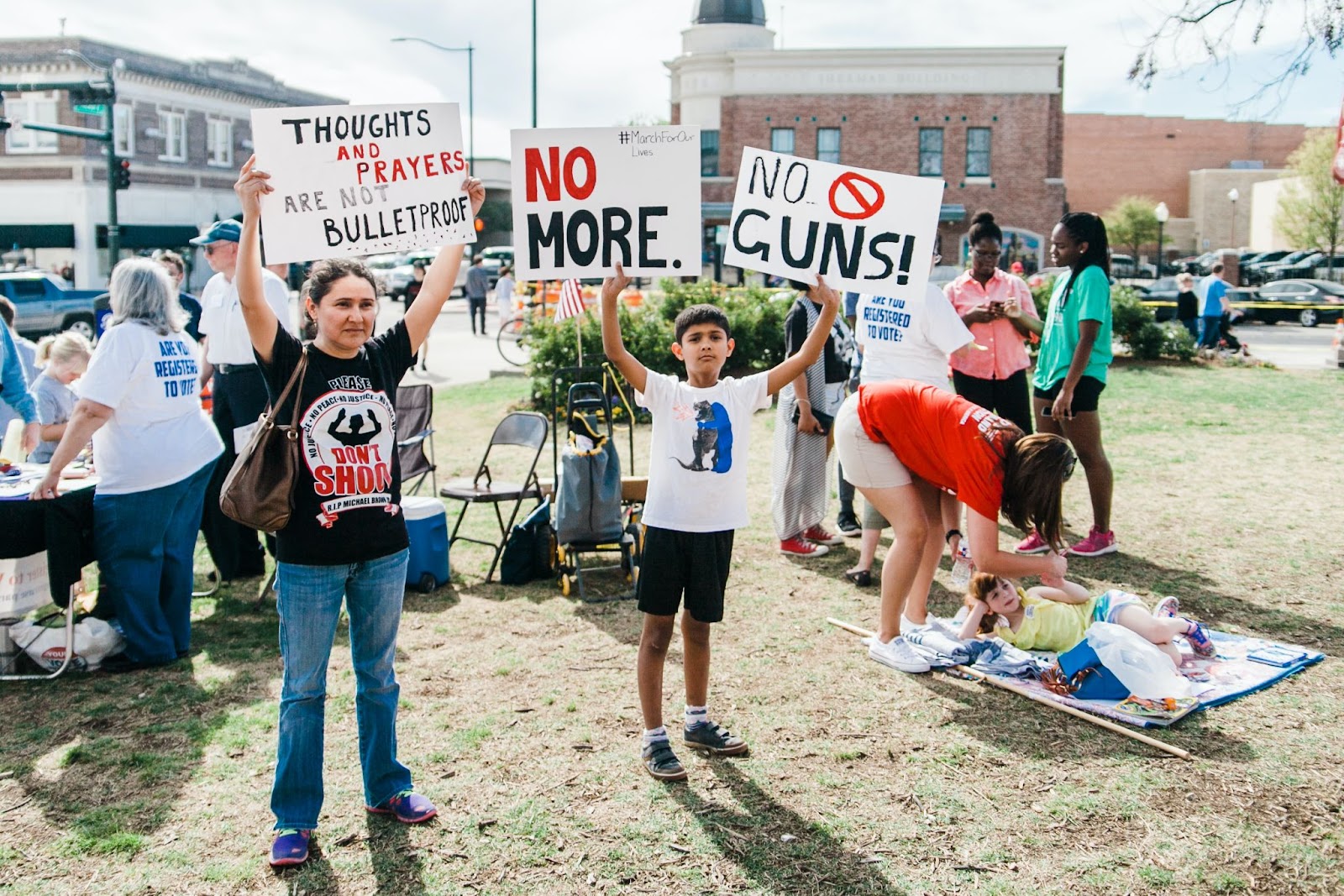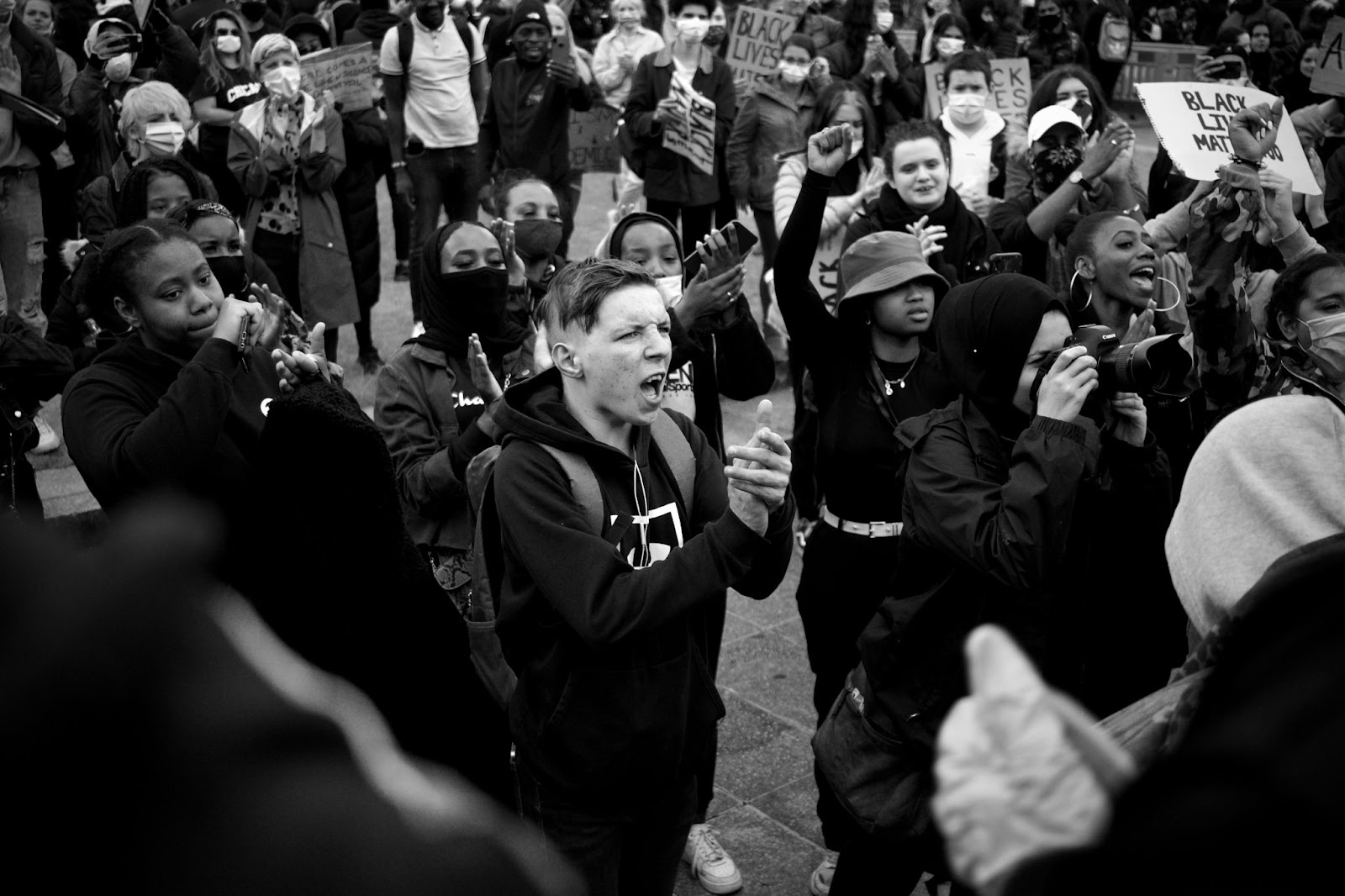Trying to help and comfort someone emotionally distressed is a scenario familiar to many. You’re knee-deep in a conversation with someone whose world is crumbling. Their voice quivers, eyes glisten with unshed tears, and you find yourself at a loss, navigating the delicate tightrope of words and silence where your intentions to comfort often stumble into a maze of awkward pauses and hesitant phrases.
Now, magnify this emotional rollercoaster with the complexities of family law and the intricacies of divorce proceedings. Here, the stakes are higher, the emotions more raw, and the path forward less clear. After all, this realm is not just about grappling with heartache; it’s about untangling the legal knots that bind lives together.
So, how do you navigate this overwhelming landscape?
According to a respected divorce attorney and owner of Moore Family Law Group, Holly J. Moore, most of us make a few crucial mistakes when approaching such a situation. We all try to be teachers, cheerleaders, influencers, and advice givers, hoping our advice, our books, and our “You are strong! You got this!” and “Things happen for a reason. Just look at a bigger picture” miraculously help and heal the distressed person.
“We’ve all done this, and I’m guilty as charged as well,” she says. “However, the person on the other side doesn’t need to learn how to overcome the situation through books, blogs, or pamphlets. Nor do they need to be cheered or given diet tips, medical advice, or essential oils recipes. They are just thinking about how to get through that day.”
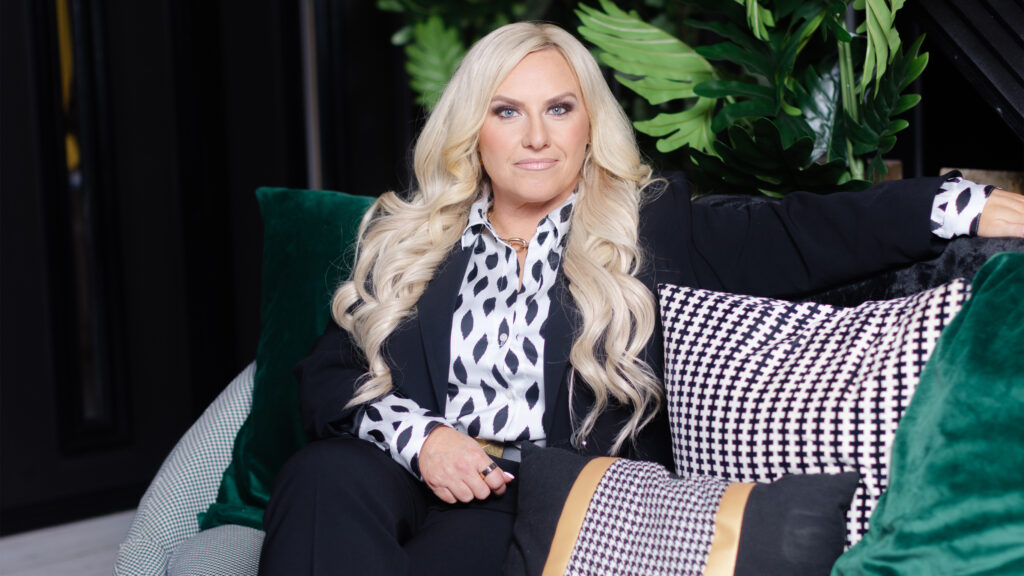
With almost two decades of experience practicing family law, Moore has seen countless individuals struggling to support their loved ones during a divorce. In response, she has developed four essential actions for helping emotionally distressed individuals that can make a significant difference in how we approach these delicate conversations.
Drawing from both personal and professional experience, Moore emphasizes the importance of being present, demonstrating understanding, actively listening, and, above all, offering genuine love and support.
“Offer your time and attention to the person, making it clear that you are there for them no matter what,” she points out. “This could mean simply being physically present or making time for a phone call or video chat. Your presence alone can provide a sense of comfort and reassurance.”
Speaking about chatting, the second pillar of unconditional support is active listening. Moore suggests that although our instinct is to try and fix things and offer solutions when someone is hurting, the most effective response is to listen and acknowledge their pain.
She also emphasizes the importance of listening without judgment, as it allows the person to feel heard and supported without feeling like they are being criticized or judged for their emotions. If you don’t judge, you can better understand where their feelings come from. On top of that, it allows that person actually to feel your unconditional love and support.
“Putting yourself in their shoes and understanding how they might be feeling is the best way to show empathy,” says Moore. “The empathy and support that will be recognized by the other person as genuine and start the healing process inside them.”
There you have it, the best and easiest way to help someone in emotional distress. All you need to do is be present, understand their emotions, listen to what they are saying, and give them all the love you can.
Best of all, Holly J Moore points out that these four steps, four pillars, are applicable in any situation and for any emotional distress — it doesn’t necessarily have to be the distress caused by divorce. So, if you have a friend, a colleague, or a loved one suffering, this is how you ease their pain. One day, they will be thankful you did it this way.
Written in partnership with Tom White.






















